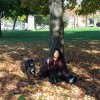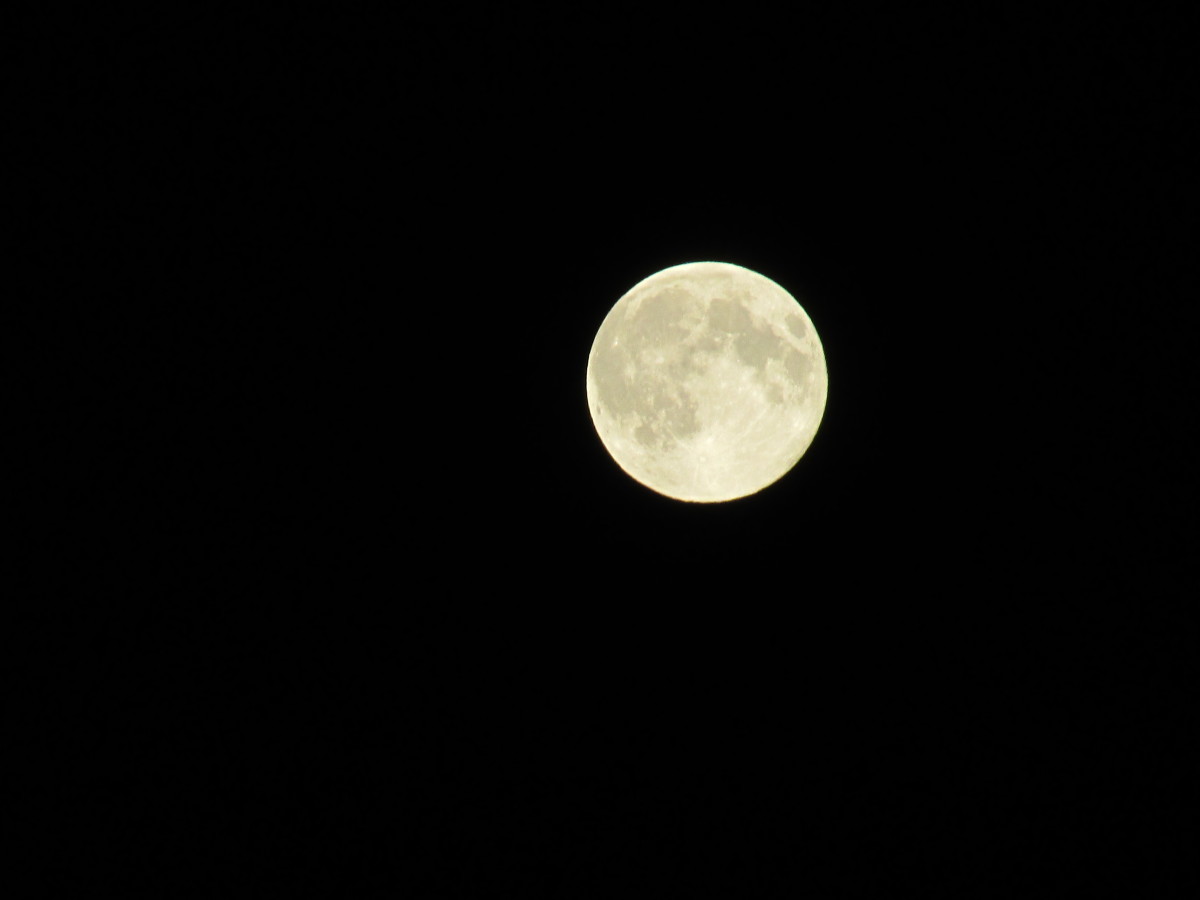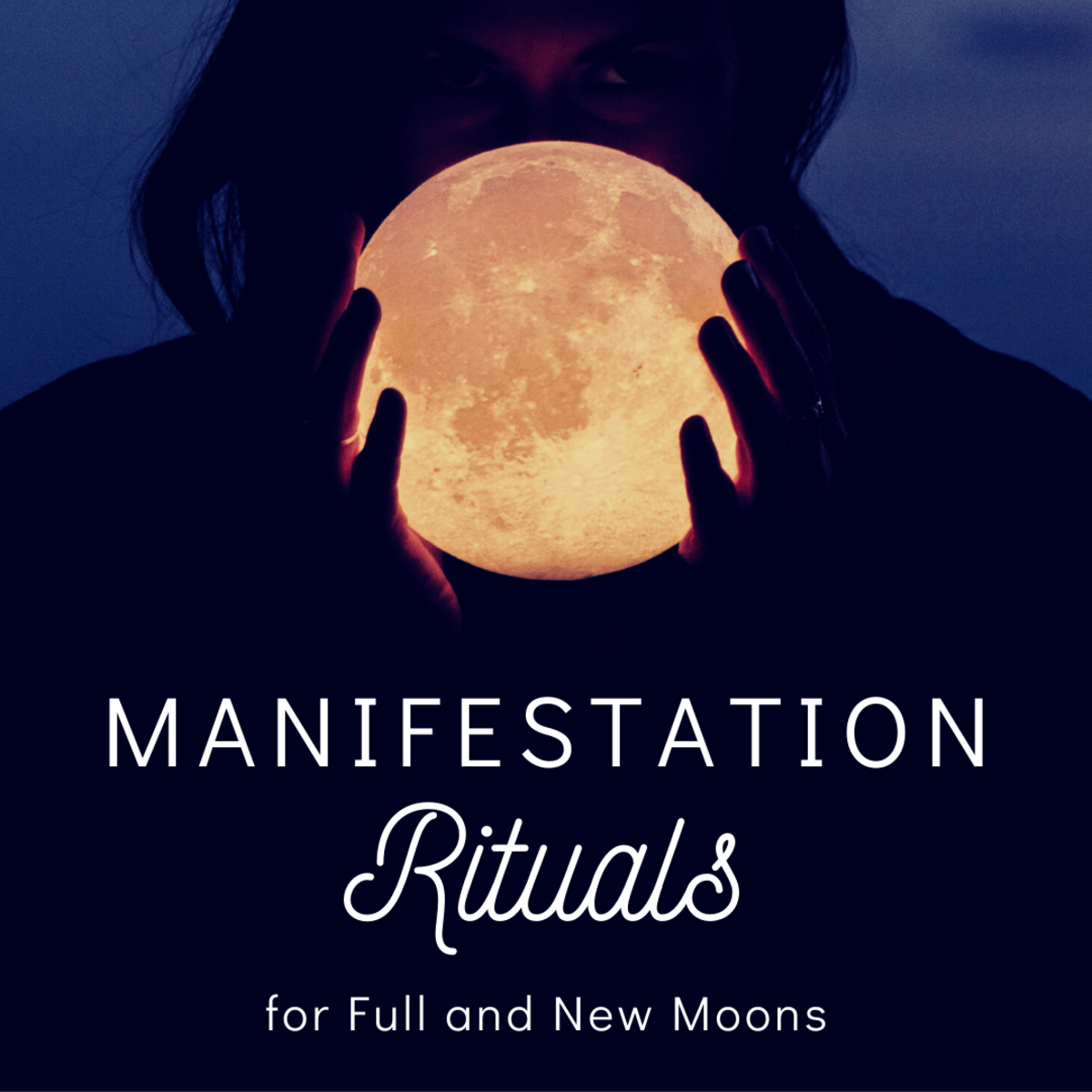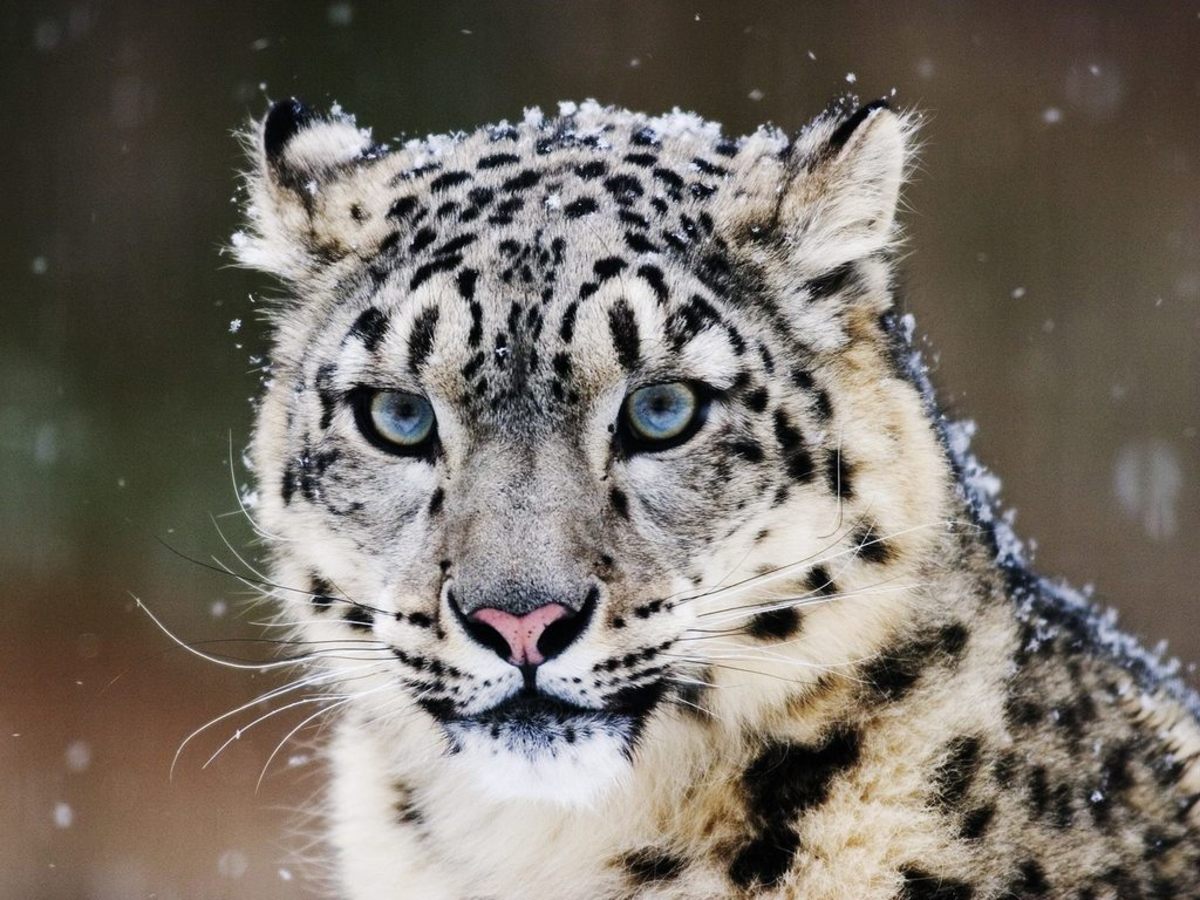Have you seen a full moon eclipse?
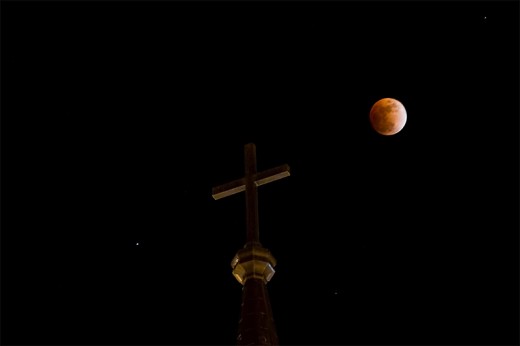
A dreamed eclipse
Humans have always been fascinated with the stars. People interested in the solar system, space science, the stars, and the universe may subscribe to Astronomy clubs or learn on their own. There are all sort of stargazers, the contemplative kind, the scientific minded folks, the fanatics, the experts or those specialized on galaxies, the milky way, certain planet, black holes and so on. Yet for all of them as it is for the public a a full moon eclipse is an amazing experience.
A full moon eclipse is a fantastic opportunity to share and learn science. It is also an opportunity to wonder and to be fascinated with spectacular views says AstronomerJim Lattis, director of the Space Place (University of Wisconsin).
Scientists and educators at the University of Wisconsin Madison Wisconsin Space Place take advantage of the fascination people have with the stars and planets to teach them Astronomy. Every month they hold two sky-viewing sessions for the public where people could ask scientists questions about the solar system.
Lattis and colleges at the Space Place aim to increase people interest in science by engaging them and giving them the experience of being stargazers. Why they do this? “It is important to motivate kids to be curious about the world. Kids visiting the Space center may be the future scientists or amateur astronomers” says Lattis.
In fact, on February 20, 2008 locals gathered at the Space to observe the full moon eclipse. This was a special eclipse of a kind that only happens every eighteen years. The moon’s orbit and the earth’s orbit were in perfect alignment. The sky was clear. According to the astronomer, these conditions were perfect to see the moon turning from gray to reddish colors.
Although, every six months the moon and the earth’s orbit get close enough to give rise to partial moon eclipses, a full eclipse is less frequent. The National Aeronautics and Space Administration (NASA) website states that “Moon eclipses only happen during full moon and only if the Moon pass by some portion of the Earth shadow.”
During the eclipse the moon passes by two shadows the penumbra and the umbra. Imagine these shadows as a half boiled egg, one conical shape inside the other. The white portion of the egg represents the penumbra and the yolk the umbra. While the moon passes through the penumbra its color is gray. It changes to red or orange when in the umbra.
Several factors influence the intensity of the moon colors during an eclipse. Lattis says “the Moon and the plane of the Earth intersect forming an imaginary line “the line of nodes”. This year the moon came very close to the nodes, and this is why the colors were spectacular. But he adds “the colors also depends on the atmospheric conditions during the eclipse.” For example, the amount of dust and sulfur dioxide in earth’s atmosphere also influences the colors and amount of shadow.
The eclipse happened between 7PM-12AM (Central time). When the moon was about 80% covered by the shadow, the colors changed from grayish to orange hues. As the moon reached the umbra or total darkness its colors were more reddish. It was 9:09 PM.
On the telescopes, visitors could also see Saturn with its shiny ring. “It looks exactly as the pictures I have seen”, says a six year-old girl. She says the moon was all golden and very shiny.
Regulus, a star, was also visible that day. When the moon reached the umbra both Regulus and Saturn appeared more brilliant and quite impressive.
Adults and kids were able to see the changing colors of the moon as the eclipse progressed but they also observed the accompanying stars. Aideed by powerful telescopes, they also had glimpses of the moon surface with its many craters. For many of them, it was their first experience with the science of the stars.
The emotions of the spectators reached their pick at the climax of the eclipse. They were in awe observing the complete moon darkness. They knew that somehow they were sharing a historical moment with many others at the distance.
Lattis exclaimed: “This eclipse has been the best I have seen. The moon colors had been the most intense.”
- University of Wisconsin Space Place
UW Space provide exhibits, classroom space, lecture room, and sky viewing opportunities. The public can also experience hands-on activities, and attend to talks by UW scientists. - National Aeronautics and Space Administration (NASA)
This page contains detailed information about the moon eclipse we witnessed on February 2008. In addition, there is information about past and future astronomical events.
© 2008 MSantana
